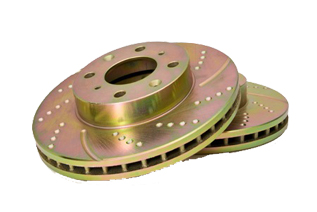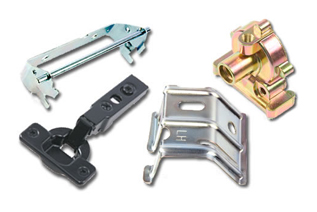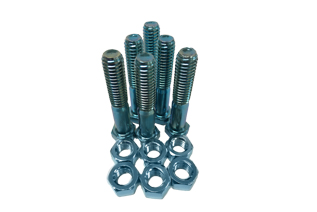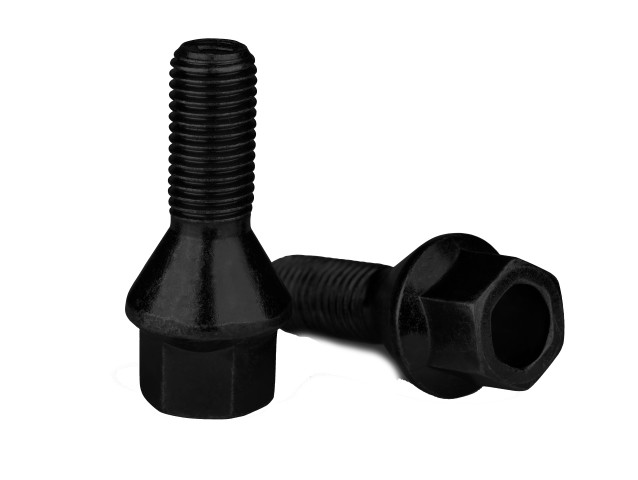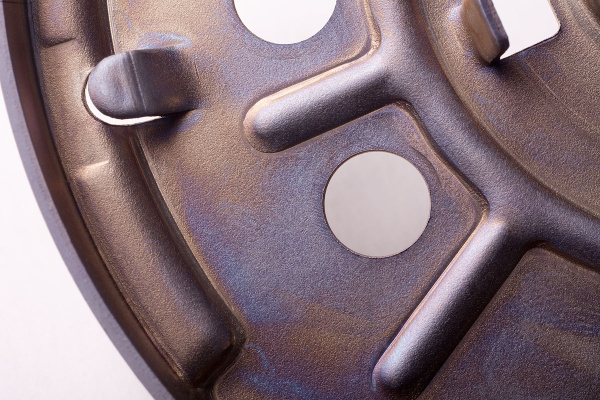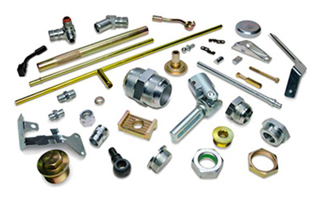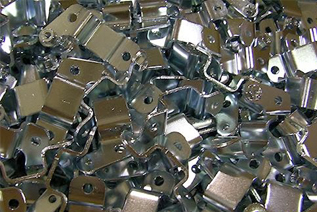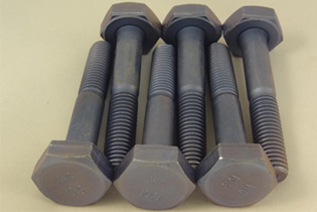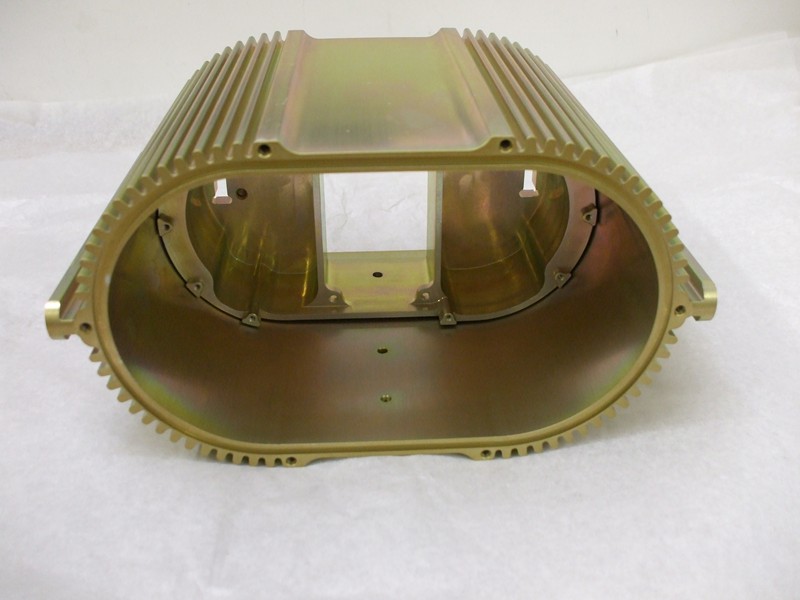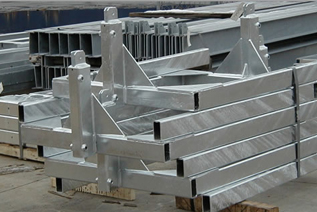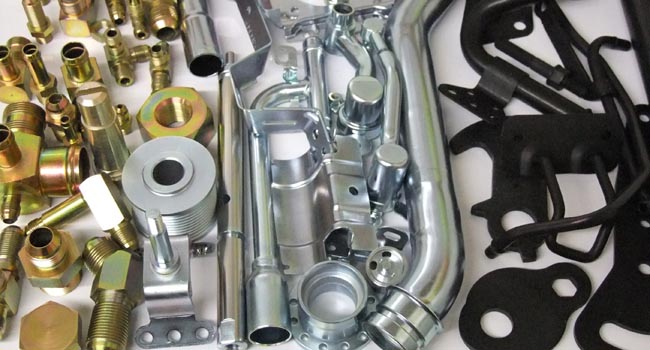
Zinc Electroplating
Zinc plating provides a protective layer across steel and iron surface ,due to its electronegative character to iron and steel gives excellent corrosion resistance particularly in industries and urban environment.
It is an economic rust prevention solution that has been used for more than 10 decades.
Zinc offers more protection when applied in thin films of 8-15 microns compared with similar coatings like nickel & other cathodic coatings.
Features & Benefits:
Rust prevention
Bright aesthetic appearance
Long lasting durable finish
Improved solder ability
Lower corrosion rate than steel
Applications
Fasteners such as screws ,bolts ,rivets ,clamps ,pins ,spring & lock washers for automotive ,construction ,textile, electrical, pumps ,oil &gas application
Break components
Fuel systems
Hydraulic fittings
Specification And Standars We Offer
Astm b 633
Astm b 117
Bs en iso 2081
Is 1573
Astm f 1941
Types Of Zinc Electroplating Process Available
Alkaline zinc electroplating
Chloride zinc electroplating

